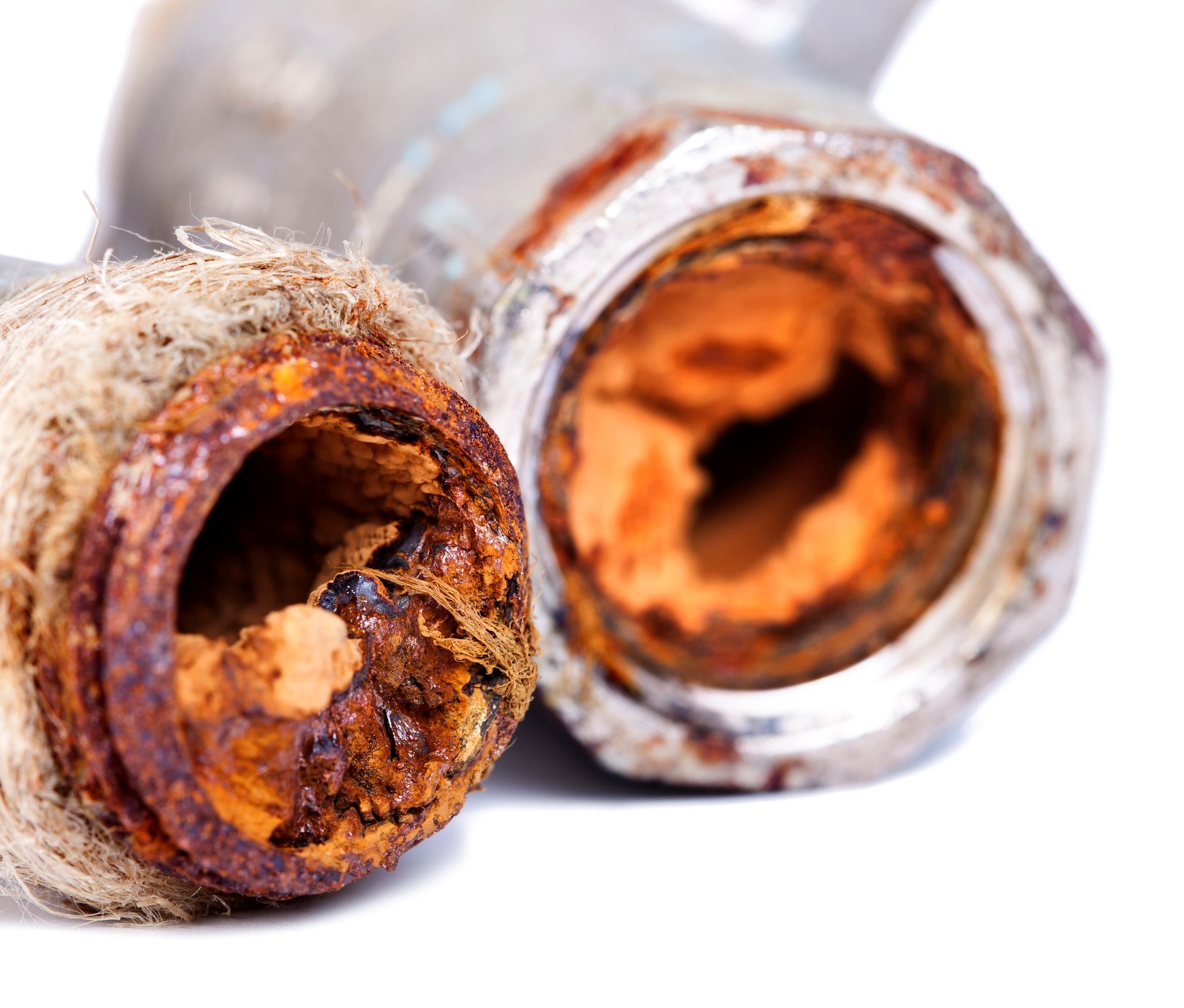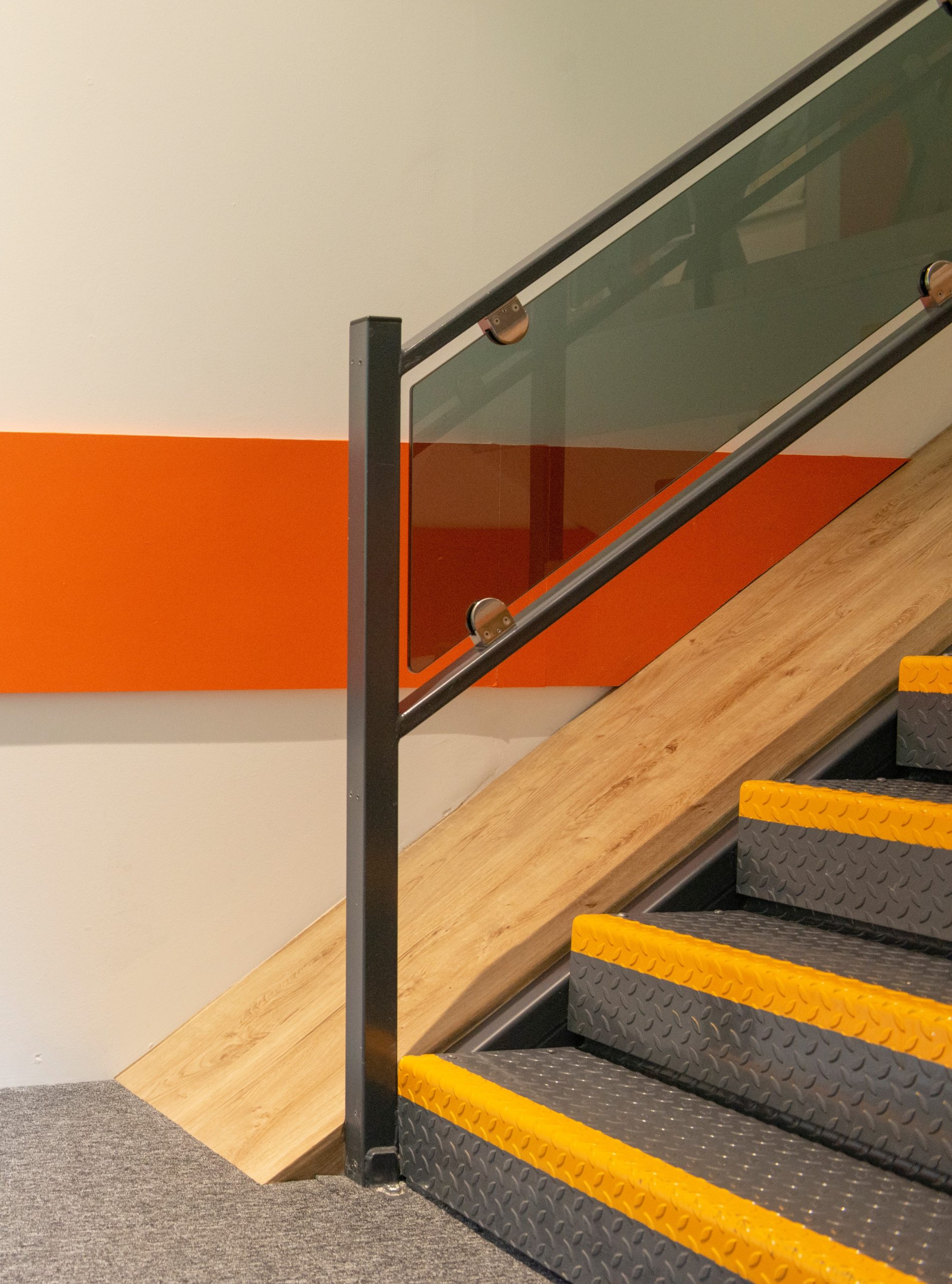It is universally acknowledged that steel piping is vulnerable to corrosion, especially internal corrosion. Simply speaking, when a reaction triangle of metal, water and oxygen are present within the pipework we have the perfect breeding ground for corrosion.

As designers, we are in a responsible position to highlight hazards and design out or minimise potential risks that occur during or after construction, working in accordance with CDM Regulations 2015.
Collectively with our clients we should be considering the risks, together with costs, fitness for purpose, aesthetics and the environmental impact in respect of our designs.
And we should be avoiding foreseeable risks so far as reasonably practical.
With regards to corrosion, our longstanding choice of CPVC pipework for residential systems has sought to minimise corrosion, as has our aversion to mixing metals and being particular about choices of component right down to the nuts and bolts.
“The biggest concern is that
corrosion can cause
a sprinkler system
to fail.”
Mostly, concerns with corrosion in fire sprinkler pipework relate to situations which will cause the system to fail or fall short of its intended effectiveness. This could be due to the corroded pipework giving way, deposits blocking the pipe or sprinkler head, or corrosive build up greatly impacting the original C-factor and hence the hydraulic requirements of the system.
Galvanised steel is also vulnerable to corrosion, although historically it has been chosen by the industry due to its longer life span. However, it is no longer recommended in a growing number of countries. Zinc is the most usual metallic inner layer covering mild steel in a galvanised pipe, and in a small number of dramatic scenarios, the reaction of zinc with water has caused the production of flammable hydrogen and the result has been explosive.
A system designed for safety and fire protection has ended up in a handful of high profile cases being the cause of explosions (Korea, Sweden, Germany).
All this has to be borne in mind when we as designers select our materials. Whilst CPVC may have its own vulnerabilities, particularly with oil-based contaminants, and is to be handled and installed with great care and competence, the risk of explosion has not been on the list!
When in recent years we turned our attention to alternative piping products to both replace or work alongside CPVC, we were keen not to introduce other hazards, and to look for resilient materials promoting longevity, sustainability and safety.
Fireflow® RedFit Epoxy Coated Carbon Steel Tube is superbly suited to fire sprinkler systems. The product has the combined advantages of both steel and CPVC pipe without their drawbacks: the mechanical strength and rigidity of steel pipe, but also the advantages normally associated with plastic products such as anti-corrosion, smooth pipe walls and a less conducive environment for micro-organisms.
The manufacturing process utilises German Epoxy coating technology. Epoxy-coating is one of the principal technologies used to control corrosion in the marine environment. And even better – not only do the internal and external layers of epoxy coating on the steel pipe results in a product highly resistant to corrosion, they also provide colour coding of the pipe.
This eliminates the need for further painting – a considerable cost-saving both at installation and with future maintenance. But the main take-away here is its operational effectiveness.
Polymer-enhanced pipework is also being adopted within commercial fire sprinkler systems. Ecotect Engineering is leading the way in the residential fire sprinkler and fire suppression markets by being the first to introduce the material into UK systems and our clients are first to benefit from our anti-corrosive steel. Installed in systems for the last 12 months, the Fireflow® RedFit is proving popular.
Post-Grenfell, the pressure is on the designers and specifiers of high-rise residential towers and apartment blocks to choose robust, resilient products. And also to specify contractors who are competent and third party-accredited. But we would say that, wouldn’t we?
SMT 27.01.2023






